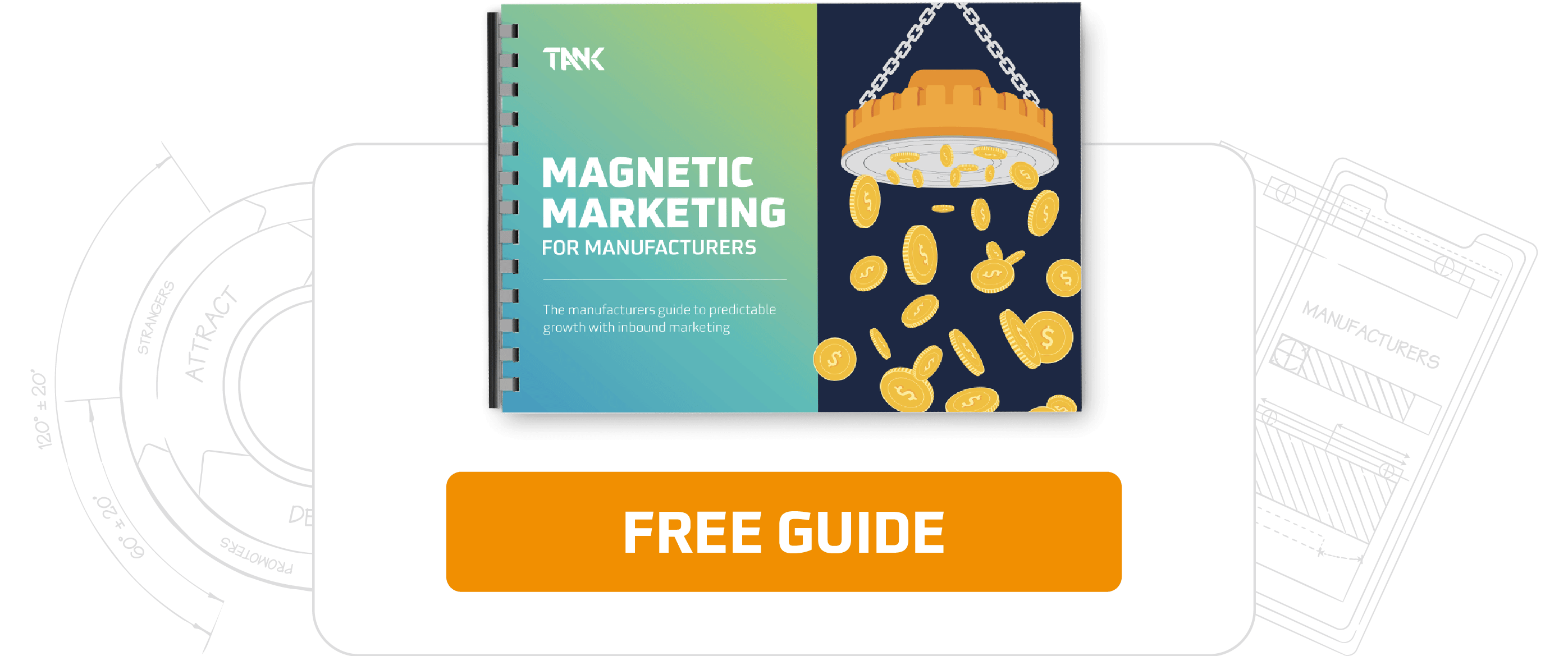While the methodologies are different, using both creates a harmonious marketing balance.
Over the years, we've helped clients understand how to build and revamp their marketing strategies so their businesses can grow on purpose. When we make recommendations to clients about marketing strategies, we almost always include both inbound and outbound marketing strategies. While the methodologies are quite different, we feel there's value in creating a harmonious balance between the two, both long-term and short-term.
Before we dive into why we encourage clients to use a mix of marketing tactics, let's define inbound vs. outbound marketing.
What is Outbound Marketing?
Outbound marketing is when marketers reach out to people to see if they're interested in a product or when they push a product or service to the audience. Outbound marketing promotes brand awareness, helping you reach people who haven't heard of your products or services before. Outbound marketing can yield immediate results 一 people interested in your products and services may take action based on your ads and make a purchase.
What is Inbound Marketing?
Inbound marketing is a strategy that utilizes many forms of marketing — email marketing, blogging, search engine optimization (SEO), social media, and more — to create brand awareness and attract new business. It focuses on creating educational content that compels people to visit a website to learn how a product solves their problems and addresses their pain points.

We like to think of inbound marketing as "magnetic." Rather than sending out general messages to uninterested audiences, inbound marketing allows you to attract audiences that need your product or service — and better yet, those who are actively looking for solutions.
Inbound Marketing for Manufacturers
The Ultimate Guide To Predictable Growth With Inbound Marketing
There is some overlap between the two strategies from a tactical perspective, but the messaging in a push vs. pull is quite a bit different. For instance, here are some of the tactics that are used for inbound and outbound marketing.

You can see with these two lists that some tactics overlap. However, if we go back to the push vs. pull analogy, there is a difference in using these tactics in a strategy. Outbound, you push your message out to many people even if they’re not looking for your product or service. Inbound, on the other hand, works to be found by people who are looking for what you offer. We find both are effective in different ways, and a healthy marketing strategy includes some of both. The overall mix depends on the industry and the business.
Long-Term and Short-Term Gains
Another way to think about inbound vs. outbound marketing is in terms of long-term and short-term gains. We find it's often best if you have some of both to get things rolling.
Outbound strategies are great for building email/contact lists from scratch. For example, going to a trade show and meeting attendees is a short-term strategy, but this tactic allows you to get a list of prospects that could be interested in your product.
Content-driven inbound marketing is extremely effective but takes longer to see results. However, the efforts compound over time, generating an ongoing flow of new leads, especially when content and campaigns are continuously created and optimized.
Funnel Outbound Leads Into Inbound Leads
Think about utilizing what you get from outbound marketing within your inbound strategy. For instance, maybe you met a prospect at a trade show. They were interested, but it just wasn't the right time to buy. Continuing to communicate with that lead using inbound techniques will improve the likelihood that you will be the company at the top of their mind when they are ready.
Inbound marketing is more about providing value to your customers than promoting your product or service, which is more along the lines of outbound or traditional marketing. For inbound marketing, you need to think about what your potential customers would find helpful and provide that information. If you do that, you can move people from outbound marketing to inbound marketing funnels and improve conversion over time, ultimately allowing your business to grow on purpose with more predictable opportunities for growth.
Moving Toward a Combined Marketing Strategy
You may find yourself trying to commit to one strategy or the other, and that's common. But, try thinking about how a combined effort could create more and better sales opportunities for your company. Both marketing strategies can be effective, but they are even more effective when they're used together. Start getting your marketing strategy on track today by learning how to create an effective inbound marketing campaign.
Subscribe to Our Blog
Stay up to date with the latest marketing, sales, and service tips.





